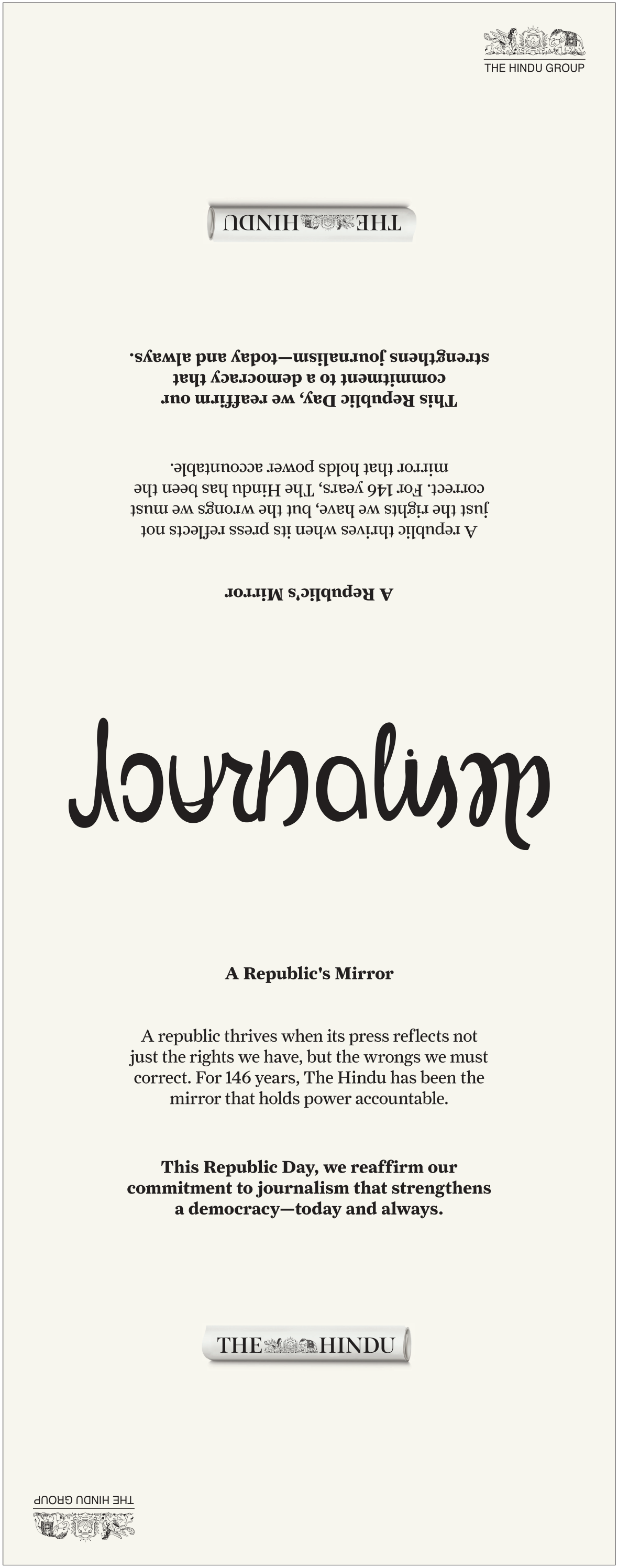Majorana 1, science journalism, and other things

While I have many issues with how the Nobel Prizes are put together as an institution, the scientific achievements they have revealed have been some of the funnest concepts I’ve discovered in science, including the clever ways in which scientists revealed them. If I had to rank them on this metric, the first place would be a tie between the chemistry and the physics prizes of 2016. The chemistry prize went to Jean-Pierre Sauvage, Fraser Stoddart, and Ben Feringa for “for the design and synthesis of molecular machines”. Likewise, the physics prize was shared between David Thouless, Duncan Haldane, and John Kosterlitz “for theoretical discoveries of topological phase transitions and topological phases of matter”. If you like, you can read my piece about the 2016 chemistry prize here. A short excerpt about the laureates’ work:
… it is fruitless to carry on speculating about what these achievements could be good for. J. Fraser Stoddart, who shared the Nobel Prize last year with Feringa for having assembled curious molecular arrangements like Borromean rings, wrote in an essay in 2005, “It is amazing how something that was difficult to do in the beginning will surely become easy to do in the event of its having been done. The Borromean rings have captured our imagination simply because of their sheer beauty. What will they be good for? Something for sure, and we still have the excitement of finding out what that something might be.” Feringa said in a 2014 interview that he likes to build his “own world of molecules”. In fact, Stoddart, Feringa and Jean-Pierre Sauvage shared the chemistry prize for having developed new techniques to synthesise and assemble organic molecules in their pursuits.
In the annals of the science Nobel Prizes, there are many, many laureates who allowed their curiosity about something rather than its applications to guide their research. In the course of these pursuits, they developed techniques, insights, technologies or something else that benefited their field as a whole but which wasn’t the end goal. Over time the objects of many of these pursuits have also paved the way for some futuristic technology themselves. All of this is a testament to the peculiar roads the guiding light of curiosity opens. Of course, scientists need specific conditions of their work to be met before they can commitment themselves to such lines of inquiry. For just two examples, they shouldn’t be under pressure to publish papers and they shouldn’t have to worry about losing their jobs if they don’t file patents. I can also see where the critics of such blue-sky research stand and why: while there are benefits, it’s hard to say ahead of time what they might be and when they might appear.
This said, the work that won the 2016 physics prize is of a similar nature and also particularly relevant in light of a ‘development’ in the realm of quantum computing earlier this month. Two of the three laureates, Thouless and Kosterlitz, performed an experiment in the 1970s in which they found something unusual. To quote from my piece in The Hindu on February 23:
If you cool some water vapour, it will become water and then ice. If you keep lowering the temperature until nearly absolute zero, the system will have minimal thermal energy, allowing quantum states of matter to show. In the 1970s, Michael Kosterlitz and David Thouless found that the surface of superfluid helium sometimes developed microscopic vortices that moved in pairs. When they raised the temperature, the vortices decoupled and moved freely. It was a new kind of … phase transition: the object’s topological attributes changed in response to changes in energy [rather than it turning from liquid to gas].
The findings here, followed by many others that followed, together with efforts by physicists to describe this new property of matter using mathematics, in harmony with other existing theories of nature all laid the foundation for Microsoft’s February 19 announcement: that it had developed a quantum-computing chip named Majorana 1 with topological qubits inside. (For more on this, please read my February 23 piece.) Microsoft has been trying to build this chip since at least 2000, when a physicist then on the company’s payroll named Alexei Kitaev published a paper exploring its possibility. Building the thing was a tall order, requiring advances in a variety of fields that eventually had to be brought together in just the right way, but Microsoft knew that if it succeeded the payoff would be tremendous.
This said, even if this wasn’t curiosity-driven research on Microsoft’s part, such research has already played a big role in both the company’s and the world’s fortunes. In the world’s fortune because, as with the work of Stoddart, Feringa, and Sauvage, the team explored, invented and/or refined new methods en route to building Majorana 1, methods which the rest of the world can potentially use to solve other problems. And in the company’s fortune because while Kitaev’s paper was motivated by the possibility of a device of considerable technological and commercial value, it drew from a large body of knowledge that — at the time it was unearthed and harmonised with the rest of science — wasn’t at all concerned with a quantum-computing chip in its then-distant future. For all its criticism, blue-sky research leads to some outcomes that no other forms of research can. This isn’t an argument in support of it so much as in defence of not sidelining it altogether.
While I have many issues with how the Nobel Prizes are put together as an institution, I’ve covered each edition with not inconsiderable excitement[1]. Given the fondness of the prize-giving committee for work on or with artificial intelligence last year, it’s possible there’s a physics prize vouchsafed for work on the foundations of contemporary quantum computers in the not-too-distant future. When it comes to pass, I will be all too happy to fall back on the many pieces I’ve written on this topic over the years, to be able to confidently piece together the achievements in context and, personally, to understand the work beyond my needs as a journalist, as a global citizen. But until that day, I can’t justify the time I do spend reading up about and writing on this and similar topics as a journalist in a non-niche news publication — one publishing reports, analyses, and commentary for a general audience rather than those with specialised interests.
The justification is necessary at all because the time I spend doing something is time spent not doing something else and the opportunity cost needs to be rational in the eyes of my employers. At the same time, journalism as a “history of now” would fail if it didn’t bring the ideas, priorities, and goals at play in the development of curiosity-driven research and — with the benefit of hindsight — its almost inevitable value for commerce and strategy to the people at large. This post so far, until this point, is the preamble I had in mind for my edition of The Hindu’s Notebook column today. Excerpt:
It isn’t until a revolutionary new technology appears that the value of investing in basic research becomes clear. Many scientists are rooting for more of it. India’s National Science Day, today, is itself rooted in celebrating the discovery of the Raman effect by curiosity-driven study. The Indian government also wants such research in this age of quantum computing, renewable energy, and artificial intelligence. But it isn’t until such technology appears that the value of investing in a science journalism of the underlying research — slow-moving, unglamorous, not application-oriented — also becomes clear. It might even be too late by then.
The scientific ideas that most journalists have overlooked are still very important: they’re the pillars on which the technologies reshaping the world stand. So it’s not fair that they’re overlooked when they’re happening and obscured by other concerns by the time they’ve matured. Without public understanding, input, and scrutiny in the developmental phase, the resulting technologies have fewer chances to be democratic, and the absence of the corresponding variety of journalism is partly to blame.
I would have liked to include the preamble with the piece itself but the word limit is an exacting 620. This is also why I left something else unsaid in the piece, something important for me, the author, to have acknowledged. After the penultimate line — “You might think just the fact that journalists are writing about an idea should fetch it from the fringes to the mainstream, but it does not” — I wanted to say there’s a confounding factor: the skills, choices, and circumstances of the journalists themselves. If a journalist isn’t a good writer[2] or doesn’t have the assistance of good editors, what they write about curiosity-driven research, which already runs on weak legs among the people at large, may simply pass through their feeds and newsletters without inviting even a “huh?”. But as I put down the aforementioned line, a more discomfiting thought erupted at the back of my mind.
In 2017, on the Last Word on Nothing blog, science journalist Cassandra Willyard made a passionate case for the science journalism of obscure things to put people at its centre in order to be effective. The argument’s allure was obvious but it has never sat well with me. The narrative power of human emotion, drawn from the highs or lows in the lives of the people working on obscure scientific ideas, is in being able to render those ideas more relatable. But my view is that there’s a lot out there we may never write about if we couldn’t also write about what highs/lows it rendered among its discoverers or beholders, and more so if such highs/lows don’t exist at all, as is often the case with a big chunk of curiosity-driven research. Willyard herself had used the then-recent example of the detection of gravitational waves from two neutron stars smashing into each other billions of lightyears away. This is conveniently (but perhaps not by her design) an example of Big Science where many people spent a long time looking for something and finally found it. There’s certainly a lot of drama here.
But the reason I call having to countenance Willyard’s arguments discomfiting is that I understand what she’s getting at and I know I’m rebutting it on the back of only a small modicum of logic. It’s a sentimental holdout, even: I don’t want to have to care about the lives of other people when I know I care very well for how we extracted a world’s worth of new information by ‘reading’ gravitational waves emitted by a highly unusual cosmic event. The awe, to me, is right there. Yet I’m also keenly aware how impactful the journalism advocated by Willyard can be, having seen it in ‘action’ in the feature-esque pieces published by science magazines, where the people are front and centre, and the number of people that read and talk about them.
I hold out because I believe there are, like me, many people out there (I’ve met a few) that can be awed by narratives of neutron-star collisions that dispense with invoking the human condition. I also believe that while a large number of people may read those feature-esque pieces, I’m not convinced they have a value that goes beyond storytelling, which is of course typically excellent. But I suppose those narratives of purely scientific research devoid of human protagonists (or antagonists) would have to be at least as excellent in order to captivate audiences just as well. If a journalist — together with the context in which they produce their work — isn’t up to the mark yet, they should strive to be. And this striving is essential if “you might think just the fact that journalists are writing about an idea should fetch it from the fringes to the mainstream, but it does not” is to be meaningful.
[1] Not least because each Nobel Prize announcement is accompanied by three press releases: one making the announcement, one explaining the prize-winning work to a non-expert audience, and one explaining it in its full technical context. Journalism with these resources is actually quite enjoyable. This helps, too.
[2] I’m predominantly a textual journalist and default to “write” when writing about journalistic communication. But of course in this sentence I mean journalists who aren’t good writers and/or good video-makers or editors and/or good podcasters, etc.






